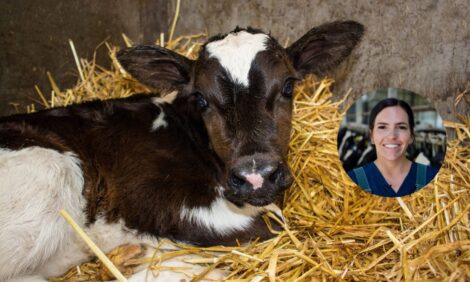



Price Slip Highlights Global Nature of Dairy
GLOBAL - Dairy traders have been left in no doubt that milk prices are a truly global game as commodity values turn and farmers feel the pinch again.First quarter trading has brought European farmgate price cuts, a knee jerk reaction to slumps in the Global Dairy Trade (GDT) Price Index this spring.
This has come as short term supply fears have been eased by higher production and commodity demand has globally weakened.
Importantly, China’s short term requirements have been met and, according to the US Dairy Export Council, buyers are now ‘willing and able’ to wait until the market stabilises.
Farmgate price reductions were led by First Milk’s liquid contract with a two pence per litre drop from June. Muller Wiseman and Lanchester Dairies confirmed 1.6 pence cuts from June and May respectively.
The latest GDT auction, on Tuesday, compounded losses after a period of high prices results last year, seeing the index drop 1.1 per cent, the sixth consecutive negative result since a four per cent drop on 4 March.
Skimmed Milk Powder and Cheddar led losses this week, although the biggest drop this year remains the 1 April auction, which slipped 8.9 per cent.
Analysts are waiting until the auction on 20 May to see if prices stabilise. For many, longer term outlooks hinge on China’s demand and how US and Kiwi output goes.
The US Department of Agriculture’s latest 2014 forecast is for a 2.4 per cent lift on last year’s milk output, while many North Islanders hope for moisture to start the 2014/15 season.
This prediction is a little high and may not account for producers servicing debt accrued over 2009’s milk price depression, according to University of Wisconsin agricultural economist Professor Bob Cropp.
While record milk prices and cheaper feed are welcome news for US dairymen, Prof Cropp has suggested that the supply side picture is not set in stone and could be still affected by this year’s forage crops.
Elsewhere, European production has been higher, along with Oceania, with a mild winter and early spring bringing discussion of UK farmers paying super levies on farm level quotas.
UK cows will yield seven per cent more this year than last and herd size will increase slightly, says levy board DairyCo.
There has been no mention of a super-levy threat however, with overall production expected to fall 725 million litres short of quota.
Michael Priestley
News Team - Editor
Mainly production and market stories on ruminants sector. Works closely with sustainability consultants at FAI Farms



